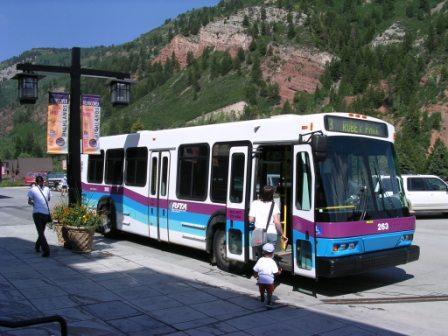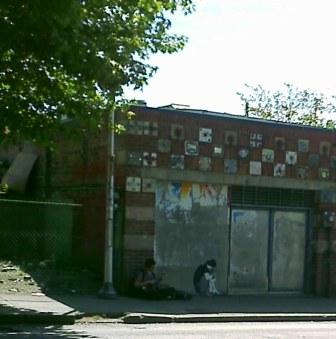At a time when high fuel costs are causing many transit agencies to consider fare increases, a couple of agencies in rural Washington are making fare-free policies work. From a recent article by Larry Lange:
[Island Transit] is one of only two transit agencies in the state that don’t charge for rides, and one of only a handful nationwide that don’t. Others tried no-fare buses, but returned to charging customers.
No-fare service attracts more riders and can eliminate payment disputes, speed up bus travel and get cars off the road, eliminating pollution and appealing to those seeking green living.
Of course, rural systems don’t have the ridership or frequency of service of larger, urban systems. Despite the–from where I sit (on the 4)–all-too-frequent incidents resulting from passenger-driver fare disputes, free service isn’t really on the table at Metro. Given the funding climate for transit, and the fact that 22% of Metro’s revenue (target: 25%) comes from fares, it hardly seems possible.
“A fare-free policy might be appropriate for smaller transit systems in smaller communities, but is ill-advised for larger transit systems in major urban areas,” a 2003 University of South Florida study concluded. It said fare-free service increases maintenance and labor costs and in some cases led to criminal activity that “drove away existing riders.”
Then again, San Francisco’s considering it:
San Francisco leaders are considering making that city’s transit system fare-free. Mayor Gavin Newsom recently noticed that many riders don’t bother to pay fares and has asked his controller’s office to study the idea of eliminating them. Results are due in late August. San Francisco would lose about $145 million in revenue each year by dropping fares, almost a quarter of its system revenue, but could rid itself of the expense of managing its fare system.
“It’s complicated to administer, so there’s some appeal in the city not having to manage that,” said Peg Stevenson, San Francisco’s chief services auditor.
I’ve only been to one (small) city that had free bus service: Aspen, Colorado, of all places. You wouldn’t expect folks in Aspen to focus on transit. Then again, with the tax base in that city, they can probably afford to provide lots of great public services.

My Godson, Isaac (aka
Zaky), getting on a free bus in his hometown of Aspen
But I digress.
If the funding were available, I’d like to see free buses (etc.) here–first of all, because I believe that transit is a democratizing force (the cheaper, the more democratizing), and secondly, because I think it would encourage more people (of all economic circumstances) to ride. Besides, fare policies are difficult to administer, make buses later than they need to be, and create hardships (and sometimes anger management issues) for drivers.
What do you think? Are free buses a good idea?



 This month’s
This month’s 